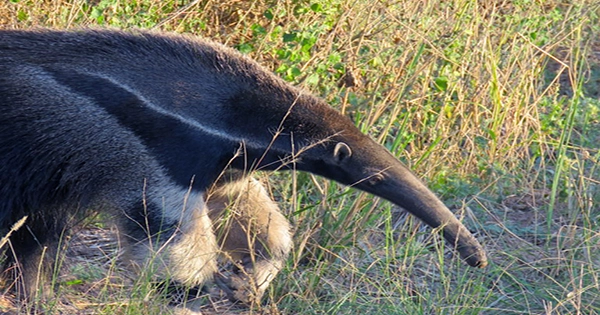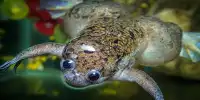The first incidence of diabetes in her species has been identified in the giant anteater Nala, who resides at the Edinburgh Zoo. According to Stephanie Mota, the resident veterinary surgeon at the Royal Zoological Society of Scotland (RZSS), “keepers first realized anything was amiss when Nala was losing weight while eating the same amount, or often even more, as normal.” “Nala has type one diabetes, which was discovered during a thorough health examination we performed while she was under general anesthesia.”
So what do you do when a large anteater has to be insulinized? When a person gets type one diabetes, they are probably in for a lifetime of insulin injections, pumps, and blood sugar checks. That also applies to dogs and cats, both of which are susceptible to the illness. But an enormous anteater? They don’t have any fingers to prick, so the human solution is out; they are much larger than cats; you can’t just pick them up and give them a shot; and they aren’t exactly known as people’s best friends, so you can’t just tell them to “sit!” while you check their blood. That’s another story entirely.
The problem for us was how to regularly monitor Nala’s blood glucose levels to make sure she was getting the right amount of insulin, according to Mota. “Our keepers did an excellent job swiftly educating Nala to accept an insulin injection every day,” she added. Daily blood testing wasn’t a possibility. The keepers decided to use a wristband glucose meter as a substitute.
In order to shorten the procedure and find a method that would be the least intrusive for Nala, Mota added, “We did originally start monitoring the levels using urine samples. However, we decided to contact some firms who created human glucose monitors. Dexcom, one of the industry’s top vendors, graciously gave the monitor to our nonprofit, and we were able to use it during one of her training sessions. As a result, we are now able to check her blood glucose levels remotely via an app.
Nala is not only extremely stylish in the eyes of a huge anteater because of her brand-new blood monitor, but she is also educating her keepers on how to care for diabetic animals in the future. Nala is the perfect candidate for this technology because of her charming nature, according to Mota. This aids in the best possible management of her condition by us and her incredible team of keepers.















